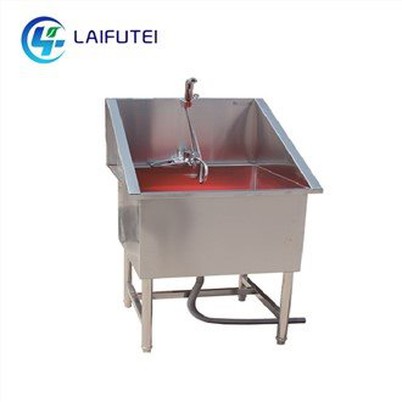How to test pets for antibodies
Leave a message
In today's society, pets have become an indispensable member of many families. The health of pets is naturally of great concern to their owners, and antibody testing, as an important means of assessing the health of pets, has received increasing attention. Testing pets for antibodies mainly includes the following key steps.
1. Selecting testing tools
In the field of pet antibody testing, the selection of testing tools is crucial, which is directly related to the accuracy and reliability of the test results. Common testing tools on the market mainly include rapid test panels.
Rapid test panels are a more convenient testing tool suitable for use in families or grassroots pet clinics. They can specifically detect whether pets are infected with these common and harmful diseases. Multiple potential health threats can be checked at one time, greatly improving the efficiency of testing.
2. Prepare samples
There are some differences in sample collection and preparation for different types of pets. For dogs, there are certain requirements for sample collection and testing time. When collecting samples, you can choose fresh whole blood or serum samples. Fresh whole blood contains various blood cells and plasma components, while serum is a liquid separated after blood coagulation, which contains rich antibodies.
3. Sample processing
After collecting the sample, the next step is sample processing. This step seems simple, but it directly affects the accuracy of the test results. First, the collected sample needs to be added to the diluent. The role of the diluent is to adjust the antibody concentration in the sample to a range suitable for detection, just like diluting a glass of too strong juice with water, so that the test results are more accurate and reliable. The diluted sample should be tested as soon as possible within 1 hour. This is because antibodies will change over time in the in vitro environment. If they are not tested in time, the test results may be biased.
4. Perform the test
When performing the test, first restore the test card and diluent to room temperature. This is because the chemical composition and physical properties of the test card and diluent may change during low-temperature storage or transportation. Only when they are restored to room temperature can the accuracy of the test be guaranteed. Tear open the aluminum foil bag of the test card, take out the test card and place it on a flat table, just like setting up a stage for an important performance, to create a good environment for the test.
Next, it is the process of waiting for the test results. Wait for 10-15 minutes at room temperature (15-30℃) to observe the results. This time period has been verified by a large number of experiments and practices. During this time, the antigens and antibodies on the test card can fully react, thereby showing accurate results.







